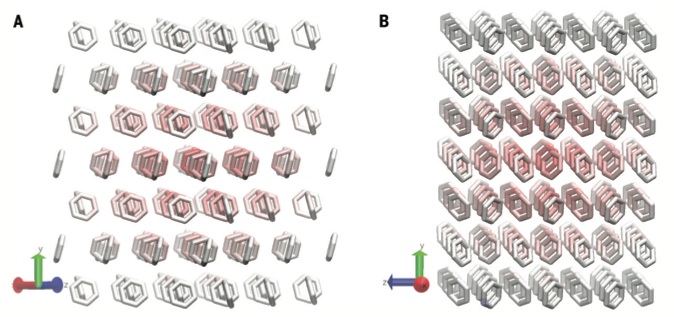Longstanding bottleneck in crystal structure prediction solved
Two years after its release, the HIV-1 drug Ritonavir was pulled from the market. Scientists discovered that the drug had crystallized into a slightly different form—called a polymorph—that was less soluble and made it ineffective as a treatment.
The various patterns that atoms of a solid material can adopt, called crystal structures, can have a huge impact on its properties. Being able to accurately predict the most stable crystal structure for a material has been a longstanding challenge for scientists.
“The holy grail of this particular problem is to say, I’ve written down this chemical formula for a material, and then just from the formula be able to predict its structure—a goal since the dawn of chemistry,” said Garnet K. L. Chan, the A. Barton Hepburn Professor of Theoretical Chemistry at Princeton University. One major bottleneck towards achieving this goal has been to compute the lattice energy—the energy associated with a structure—to sufficient accuracy to distinguish between several competing polymorphs.

(Image courtesy of Science/AAAS)
Chan’s group has now accomplished this task, publishing their results in the journal Science on August 8. The research team demonstrated that new techniques could be used to calculate the lattice energy of benzene, a simple yet important molecule in pharmaceutical and energy research, to sub-kilojoule per mole accuracy—a level of certainty that allows polymorphism to be resolved.
Chan credited this success to the combined application of advances in the field of quantum mechanics over the last 15 years. “Some of these advances allow you to resolve the behavior of electrons more finely, do computations on more atoms more quickly, and allow you to consider more electrons at the same time,” Chan said. “It’s a triumph of the modern field of quantum chemistry that we can now determine the behavior of Nature to this level of precision.”
The group’s next goal is to shorten the time it takes to run the desired calculations. These initial calculations consumed several months of computer time, Chan said, but with some practical modifications, future predictions should take only a few hours.
Read the full article here:
Yang, J.; Hu, W.; Usvyat, D.; Matthews, D.; Schutz, M.; Chan, G. K. L. “Ab initio determination of the crystalline benzene lattice energy to sub-kilojoule/mol accuracy.” Science 2014, 345, 640.
